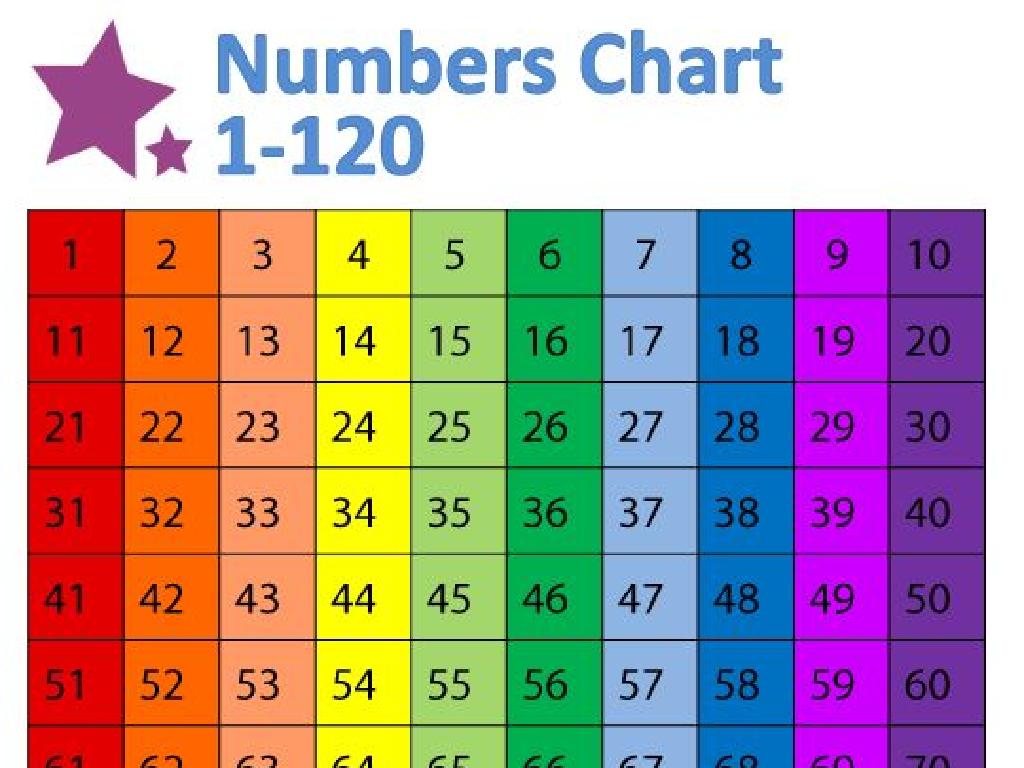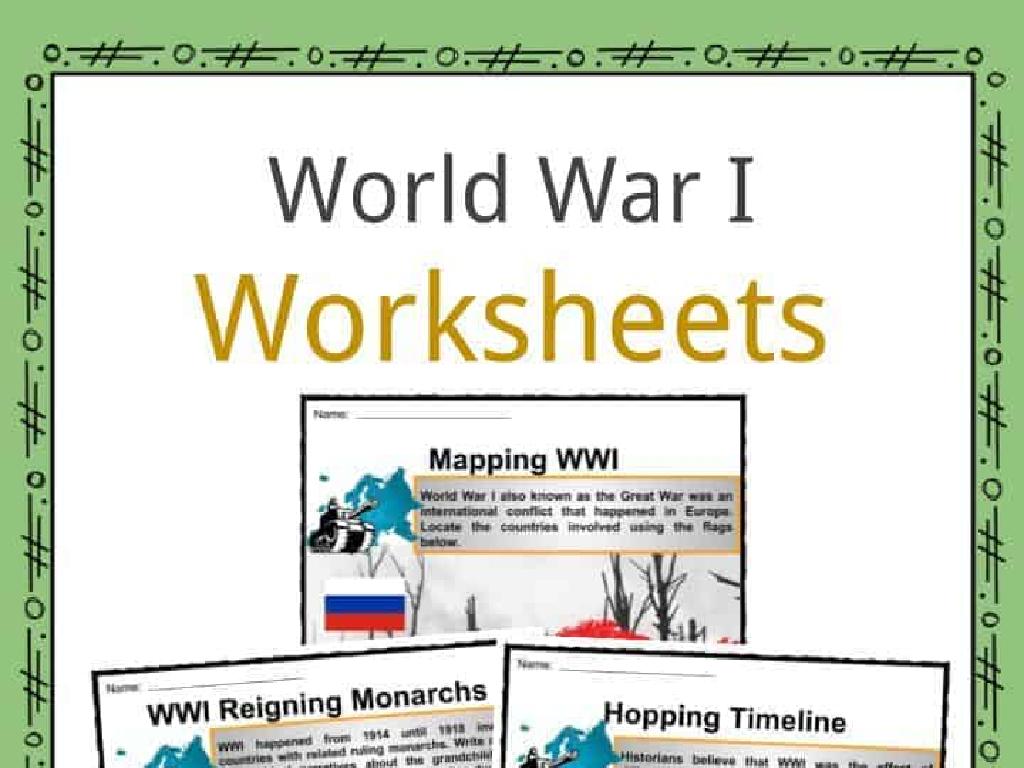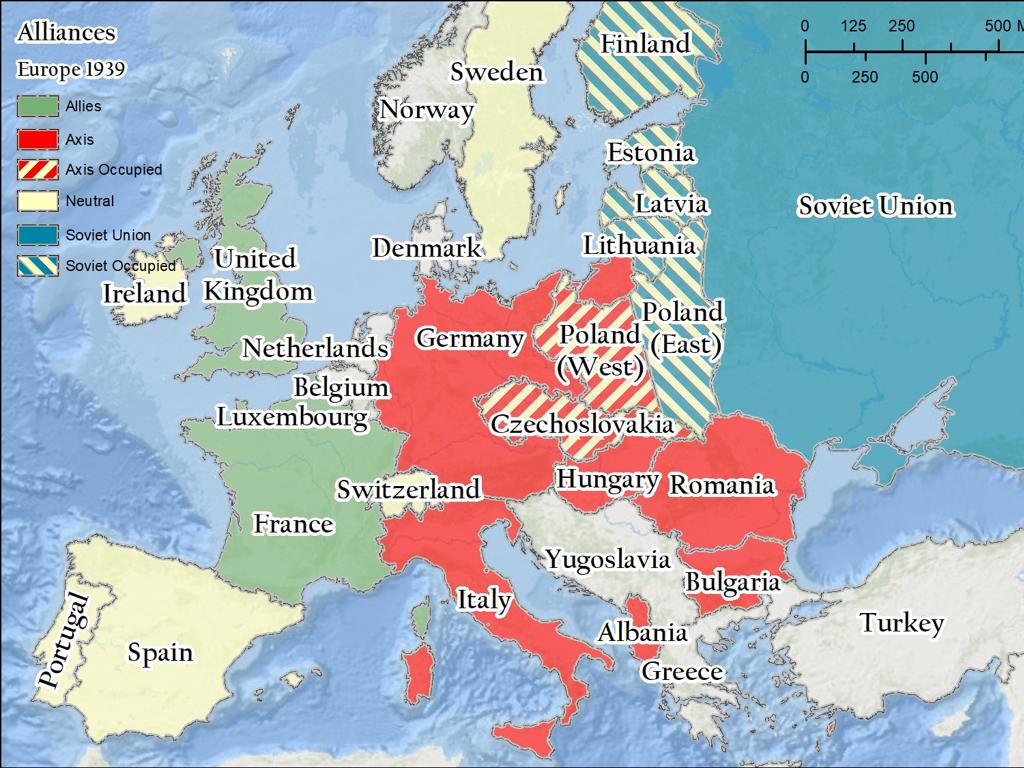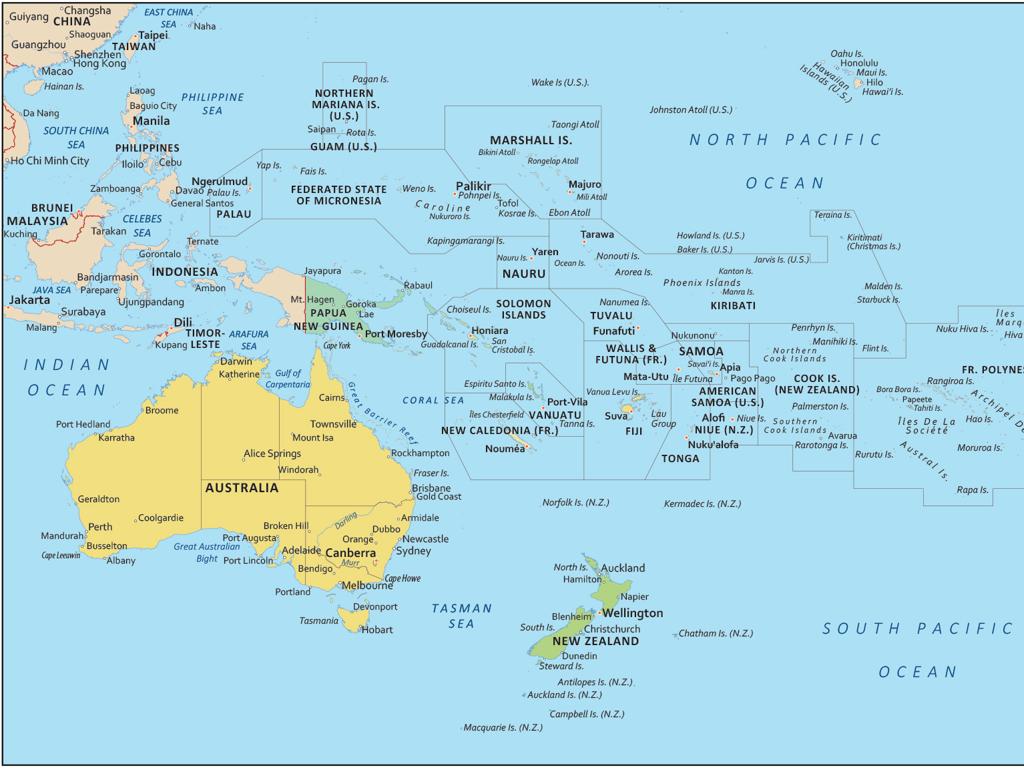Name Countries Of Africa: Region 1
Subject: Social studies
Grade: Seventh grade
Topic: Africa: Geography
Please LOG IN to download the presentation. Access is available to registered users only.
View More Content
Exploring Africa: Region 1 Countries
– Africa’s vast geography
– Diversity of landscapes
– Deserts, rainforests, savannas, and more
– Region 1: Northern Africa
– Focus on Egypt, Libya, Tunisia, Algeria, Morocco
– Key countries in Region 1
– Learn about capitals, languages, and cultures
|
This slide introduces students to the geography of Africa, emphasizing its vastness and the variety of its landscapes. Highlight the diversity ranging from deserts in the north to rainforests in the central regions and savannas in the south. Today’s focus will be on Region 1, which includes Northern Africa. Key countries such as Egypt, Libya, Tunisia, Algeria, and Morocco will be discussed, with a look at their capitals, official languages, and unique cultural aspects. Encourage students to think about how geography influences culture and daily life in these countries. This will set the stage for more in-depth exploration of each country’s geography, history, and current events in subsequent lessons.
Exploring Africa’s Region 1
– Definition of a region
– A region is an area with common features that set it apart.
– Significance of Africa’s regions
– Dividing Africa helps study its diverse geography & cultures.
– Region 1 geographical overview
– Region 1 includes countries like Egypt, Libya, and Tunisia.
– Cultural insights of Region 1
– Region 1 is known for rich history, like ancient Egyptian civilization.
|
This slide aims to introduce students to the concept of regions and their relevance in the context of Africa’s geography and culture. A region is defined by its common characteristics, which can be physical, cultural, or political. Africa is divided into regions to simplify the study of its vast and varied landscape, climate, and cultural groups. Region 1, often referred to as North Africa, includes countries along the Mediterranean coast and the Sahara Desert. It’s important for students to recognize the unique geographical features and cultural heritage of this region, such as the ancient Egyptian civilization, to appreciate the diversity within the African continent. Encourage students to explore more about Region 1 by looking at maps and reading about its history and current events.
Exploring Africa’s Region 1 Countries
– List Region 1 countries
– Egypt, Libya, Tunisia, Algeria, Morocco
– Fun facts about each country
– Egypt: Home of the ancient pyramids, Libya: Has the largest proven oil reserves in Africa
– Significance of locations
– Strategic trade routes, diverse ecosystems, historical sites
– Discuss geographical diversity
– Sahara Desert, Mediterranean coastlines, Atlas Mountains
|
This slide aims to introduce students to the countries of North Africa, often referred to as Africa’s Region 1. Start by listing the countries: Egypt, Libya, Tunisia, Algeria, and Morocco. Share engaging facts, such as Egypt being the location of the ancient pyramids and Libya having significant oil reserves. Discuss the importance of each country’s location, touching on aspects like trade routes through the Mediterranean, the Sahara Desert’s vastness, and the historical significance of these regions. Highlight the geographical diversity, from the desert landscapes to the lush Mediterranean coastlines and the mountainous terrains of the Atlas Mountains. Encourage students to explore how geography has shaped the culture and economy of these countries.
Physical Geography of Africa: Region 1
– Major mountains, rivers, and lakes
– Explore Mount Kilimanjaro, the Nile River, and Lake Victoria
– Impact of geography on daily life
– Geography influences agriculture, housing, and culture
– Climate patterns in Region 1
– Discuss variations from arid deserts to tropical rainforests
– Natural resources available
– Abundance of minerals, metals, and agricultural products
|
This slide aims to introduce students to the physical geography of Africa’s Region 1, highlighting significant landforms such as Mount Kilimanjaro, the Nile River, and Lake Victoria. Emphasize how these features shape the lives of the people, affecting their agriculture, housing, and cultural practices. Discuss the diverse climate of the region, ranging from arid deserts to lush rainforests, and how this diversity impacts the way people live and work. Lastly, touch on the rich natural resources found in Region 1, including precious minerals, metals, and fertile lands for agriculture, which play a crucial role in the economies of these countries. Encourage students to think about how the physical environment can influence their own lives in comparison to those living in Region 1 of Africa.
Cultural Highlights of Africa: Region 1
– Predominant languages in Region 1
– Swahili, Amharic, and other local dialects
– Traditional attire and cuisine
– Kente cloth in Ghana; Injera in Ethiopia
– Region 1’s unique festivals
– Timkat in Ethiopia, Mombasa Carnival in Kenya
– Celebratory customs and practices
|
This slide aims to give students a glimpse into the rich cultural tapestry of Africa’s Region 1. Highlight the diversity of languages spoken, with Swahili and Amharic being prominent examples. Discuss traditional clothing such as the brightly colored Kente cloth from Ghana and the staple food Injera from Ethiopia. Explore the festivals like Timkat, which is the Ethiopian Epiphany celebration, and the Mombasa Carnival in Kenya, which showcases the region’s cultural diversity. Encourage students to research more about these cultural aspects and possibly share any experiences or knowledge they have of other unique celebrations from the region.
Class Activity: Mapping Africa’s Region 1
– Engage in map labeling activity
– Identify Region 1 countries
– Find and label Egypt, Libya, Tunisia, Algeria, Morocco
– Label countries on your map
– Discuss Africa’s geography importance
– Why is it important to learn about Africa’s geography?
|
This interactive class activity is designed to help students familiarize themselves with the countries of Africa’s Region 1. Provide each student with a blank map of Africa and colored markers or labels. Guide them to identify and label the countries of Region 1: Egypt, Libya, Tunisia, Algeria, and Morocco. After the labeling activity, initiate a class discussion on the importance of knowing the geography of Africa, touching on topics such as cultural diversity, historical significance, and the role of geographical knowledge in global awareness. This activity not only aids in geographical recognition but also enhances spatial thinking and understanding of African geopolitics.
Reflection on Africa’s Region 1
– Key facts about Region 1
– Recap the countries, landscapes, and cultures of Region 1
– Importance of learning regional diversity
– Understanding Africa’s diversity enriches our global perspective
– Methods to explore Region 1 further
– Research, projects, and interactive maps as tools for exploration
– Engage in discussion and reflection
|
Today’s lesson focused on the countries within Africa’s Region 1. Students should reflect on the key facts learned, including the names of the countries, their geographical features, and cultural aspects. Emphasize the importance of understanding the diversity within Africa, as it is often misrepresented as a homogeneous continent. Encourage students to think critically about why learning about different regions is valuable, fostering a sense of global citizenship. To further their knowledge, suggest they engage in independent research, create projects, or use interactive maps to explore these countries in more depth. Facilitate a discussion where students can share their thoughts and ideas on how they can continue learning about this region.
Homework: Explore Region 1 of Africa
– Select a country from Africa’s Region 1
– Research the country’s geography & culture
– Look into landscapes, climate, and cultural practices
– Find one interesting fact about the country
– Could be about history, achievements, or natural wonders
– Write a paragraph & prepare to present
|
This homework assignment is designed to deepen students’ understanding of Africa’s diverse geography and rich cultural tapestry, specifically focusing on the countries within Region 1. Students should be encouraged to use reliable sources for their research, such as educational websites, encyclopedias, or library books. They should aim to cover key geographical features like mountains, rivers, and climate, as well as cultural elements like language, traditions, and cuisine. Finding an interesting fact will engage their curiosity and make their presentation memorable. In the next class, students will share their paragraphs, which will help them practice their public speaking skills and allow the class to learn from each other’s research.






